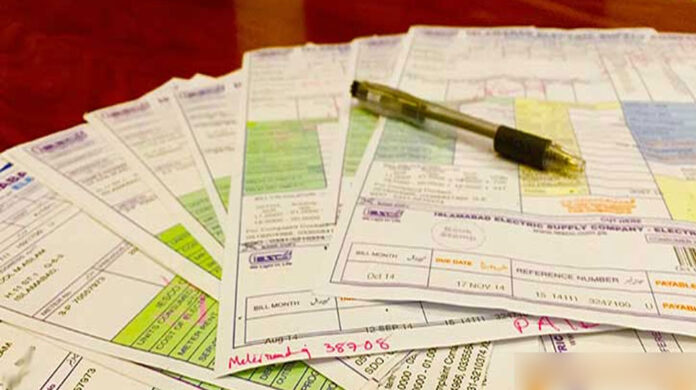The federal government has decided to seek the International Monetary Fund’s (IMF) approval for transferring the levy collected from captive power plants (CPPs) to electricity consumers.
According to a news report, a proposal to utilise the CPP levy for consumer relief has already been approved, as discussed in a recent Economic Coordination Committee (ECC) meeting. During the meeting, the Power Division informed the committee that while the approval of the mechanism was under process, detailed modalities such as the transition, calculation, and additional benefits to consumers would be finalized later.
The Finance Division suggested that the levy would be included in the Power Division’s overall budget for the current financial year, ensuring compliance with the Memorandum of Economic and Financial Policies (MEFP) agreed with the IMF. However, the Power Division clarified that consumer relief could only be provided above the division’s regular budget, and the ECC instructed the Power Division to seek the necessary clarification from the IMF.
Ministries had differing views on the proposal. The Petroleum Division supported it and provided input on the mechanism, while the Ministry of Commerce proposed that the benefit be limited to industrial consumers.
This was found to contradict the Act, which requires the levy to benefit all consumer categories. The Law Division endorsed the proposal, confirming that no further legal commentary was necessary.
The National Electric Power Regulatory Authority (Nepra) had no objections and recommended including the relief mechanism in the monthly fuel cost adjustment (FCA) request submitted by the Central Power Purchasing Agency-Guarantee (CPPA-G).
The levy will initially be set at a 5% margin above the power tariff, increasing to 10% by August 1, 2025, 15% by February 1, 2026, and 20% by August 1, 2026, remaining at that level thereafter.
The benefit collected in January will be passed on to consumers in the March billing cycle, based on January’s consumption.




